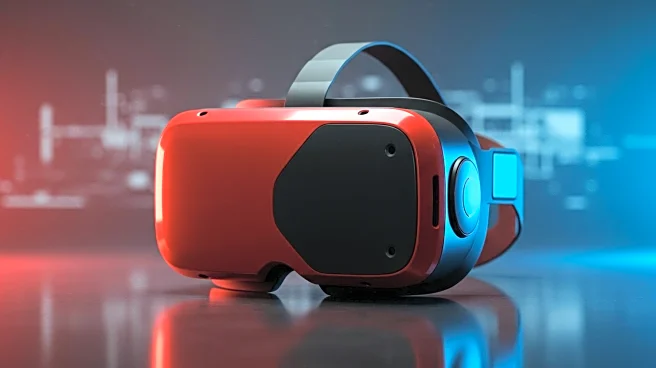Rapid Read • 8 min read
Hauntify, a game available on Quest 3, has adopted Lasertag's continuous scene meshing technology to improve its mixed reality experience. Previously, Hauntify relied on Meta's official room setup system, which required players to scan separate rooms for a whole-home experience. This process was often cumbersome, leading to player dissatisfaction and refunds. The new integration uses the Depth API, allowing for seamless handling of changes in the environment, such as furniture movement, without the need for the official setup process. The developer of Hauntify has modified the code to include saving and loading meshes, ensuring consistent performance and play area stability. This update allows Hauntify to be used in larger spaces, including multi-floor homes and outdoor areas, enhancing the game's functionality and appeal.
AD
The integration of Lasertag's continuous scene meshing in Hauntify represents a significant advancement in mixed reality gaming. By eliminating the need for complex room scanning, the game becomes more accessible and user-friendly, potentially increasing its popularity among players. This development also highlights the growing trend of using advanced technologies like the Depth API to enhance gaming experiences. The ability to maintain consistent performance and adapt to environmental changes can lead to broader applications in other mixed reality games and platforms. As developers continue to innovate, the gaming industry may see a shift towards more immersive and interactive experiences, benefiting both players and developers.
With the successful integration of continuous scene meshing, Hauntify is poised to become a popular choice for mixed reality gaming, especially during events like Halloween. The game's enhanced capabilities may attract more players and encourage other developers to adopt similar technologies. As the gaming industry evolves, there may be increased collaboration between developers to share and improve upon these technologies, potentially leading to new standards in mixed reality gaming. Additionally, the success of Hauntify could inspire further advancements in the Quest platform, driving innovation and competition among developers.
The adoption of continuous scene meshing in Hauntify raises questions about the future of mixed reality gaming and its impact on player engagement. As games become more immersive, developers must consider the ethical implications of creating environments that blur the lines between reality and virtual experiences. This technology also opens up possibilities for educational and training applications, where realistic simulations can enhance learning outcomes. The long-term effects of such immersive experiences on players' perceptions and behaviors remain an area for further exploration and research.
AD
More Stories You Might Enjoy










